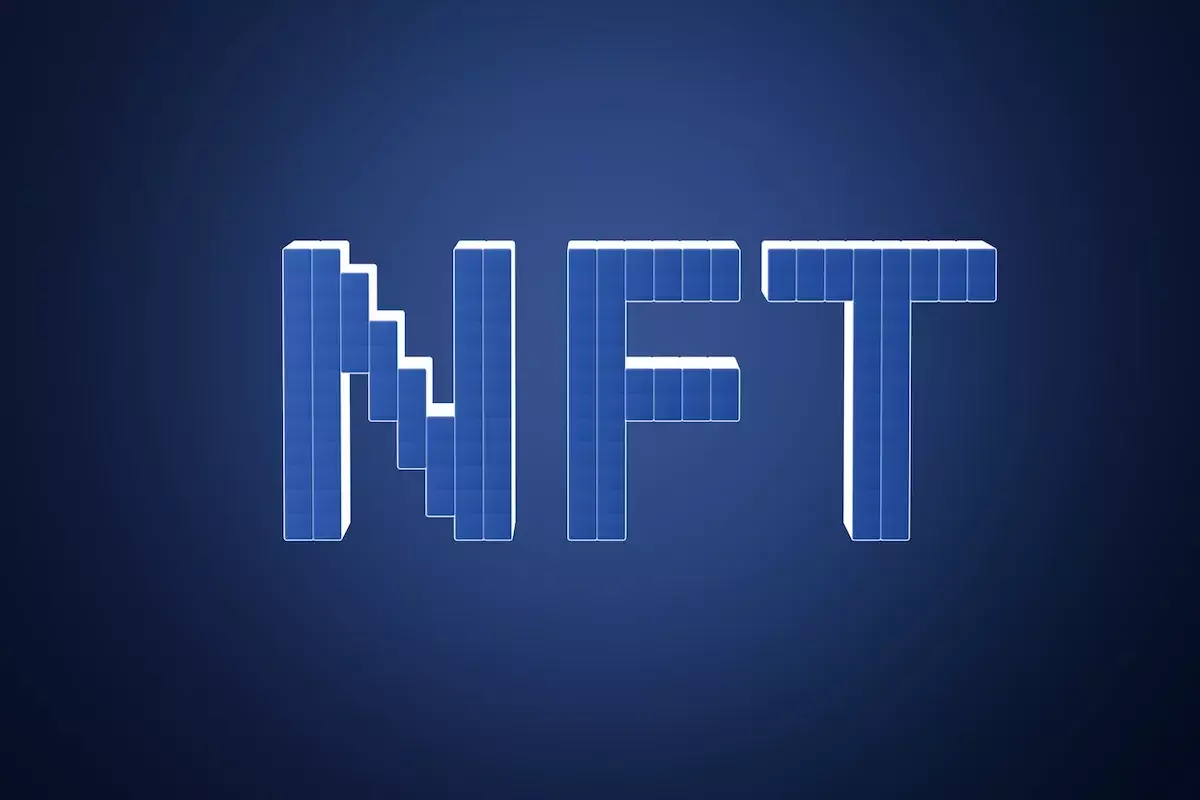The NFT (non-fungible token) marketplace, vibrant and rapidly evolving, is characterized by a unique set of players, among whom the “whales” stand out. These large-scale collectors, whether individuals or institutions, hold substantial portfolios consisting of high-value NFTs or massive collections. Their trading behaviors can significantly sway the market, creating ripples of influence that can be felt by everyday traders. This article delves into the role of NFT whales, highlighting their impact, the tracking methods available to monitor their activities, and the caution needed when interpreting this data.
In the context of the NFT universe, a whale is not just any collector. A whale is typically someone or some organization that maintains a vast amount of wealth in NFTs, often controlling entire segments of the market. The actions taken by these whales — from sweeping the floor of a collection, meaning buying up NFTs at the lowest asking prices, to offloading assets en masse — can precipitate notable price shifts. For instance, a single purchase of numerous tokens might ignite a sense of FOMO (fear of missing out) among other collectors, prompting waves of new buyers to enter the market. Conversely, if a whale begins to sell significant portions of their holdings, panic can ensue, leading to a sharp decline in prices.
This dynamic highlights the critical role that whales play in shaping market sentiment. Their trading activities often signal confidence levels in specific projects. If a whale accumulates a substantial number of NFTs from a given collection, it enhances the perception of that collection’s legitimacy, encouraging other investors to join in. Therefore, their presence in the market is not just about economics; it also significantly affects psychological factors that dictate trader behavior.
Transparency and Tracking: Tools for Insights
One of the most remarkable features of blockchain technology is its inherent transparency. Each transaction is recorded publicly, creating a detailed ledger of ownership and movement. Blockchain explorers like Etherscan or BscScan enable anyone to delve into these records, examining the ownership of NFTs and transaction histories.
However, identifying who constitutes an NFT whale requires more than simply looking at transaction volumes. Specialized analytics platforms like Nansen or Dune Analytics can offer deeper insights into the activities of these influential players. Nansen, for instance, provides a straightforward interface that labels known “smart money” wallets, making it easier to pinpoint whales and track their behaviors. Dune Analytics allows users to create custom dashboards, allowing for the tracking of less prominent projects or specialized patterns.
Moreover, social media platforms can serve as valuable resources for real-time updates on whale activity. Many Twitter accounts monitor large transaction movements and announce these events to the community, thus offering followers a chance to react swiftly to market changes.
To effectively track and analyze the moves of NFT whales, one needs to adopt a systematic approach. This begins with identifying a collection and its contract address. By inputting this address into a blockchain explorer, users can view details regarding the number of NFTs held by different wallets.
From here, aspiring NFT trackers can establish a “whale watch” list by sorting addresses based on the quantity of tokens held or the overall transaction values. Cross-referencing information with analytics platforms can illuminate recurring patterns, illustrating whether a whale is more inclined towards holding assets for the long term or flipping them for quick profits. Noting these strategies can inform personal investment decisions.
Setting up alerts or bookmarking dashboards also aids in staying updated about whale activities. It’s essential not just to observe when a whale buys or sells but to analyze the context behind those actions. Understanding whether a whale is floor sweeping might indicate bullish market sentiment, while a high volume of sales could suggest an imminent market downturn.
Cautions and Considerations: Market Dynamics
While the influence of NFT whales can offer insight into market movements, one must remain vigilant against potential market manipulations that can occur within the space. Practices like wash trading, wherein an individual trades an NFT between their wallets to fabricate demand, or pump-and-dump schemes, where whales artificially inflate prices only to sell off assets quickly, are genuine risks.
Importantly, a clear line must be drawn between observation and emulation. Just because a whale makes a particular investment doesn’t inherently indicate it’s a suitable choice for everyone else. Personal research must accompany any action taken based on whale activities, blending on-chain data with broader market analyses.
As the NFT market continues to mature and evolve, understanding the complex dynamics surrounding whale participation becomes increasingly vital. By leveraging blockchain technology, analytics platforms, and social media tracking, collectors and traders can navigate this terrain with greater acumen. However, it is crucial to remain grounded, balancing observations of whale behaviors with individual due diligence and broader market research. The landscape is rich with opportunity, but caution, critical thinking, and ongoing education are indispensable for success in a domain that thrives on rapid change and speculation.

